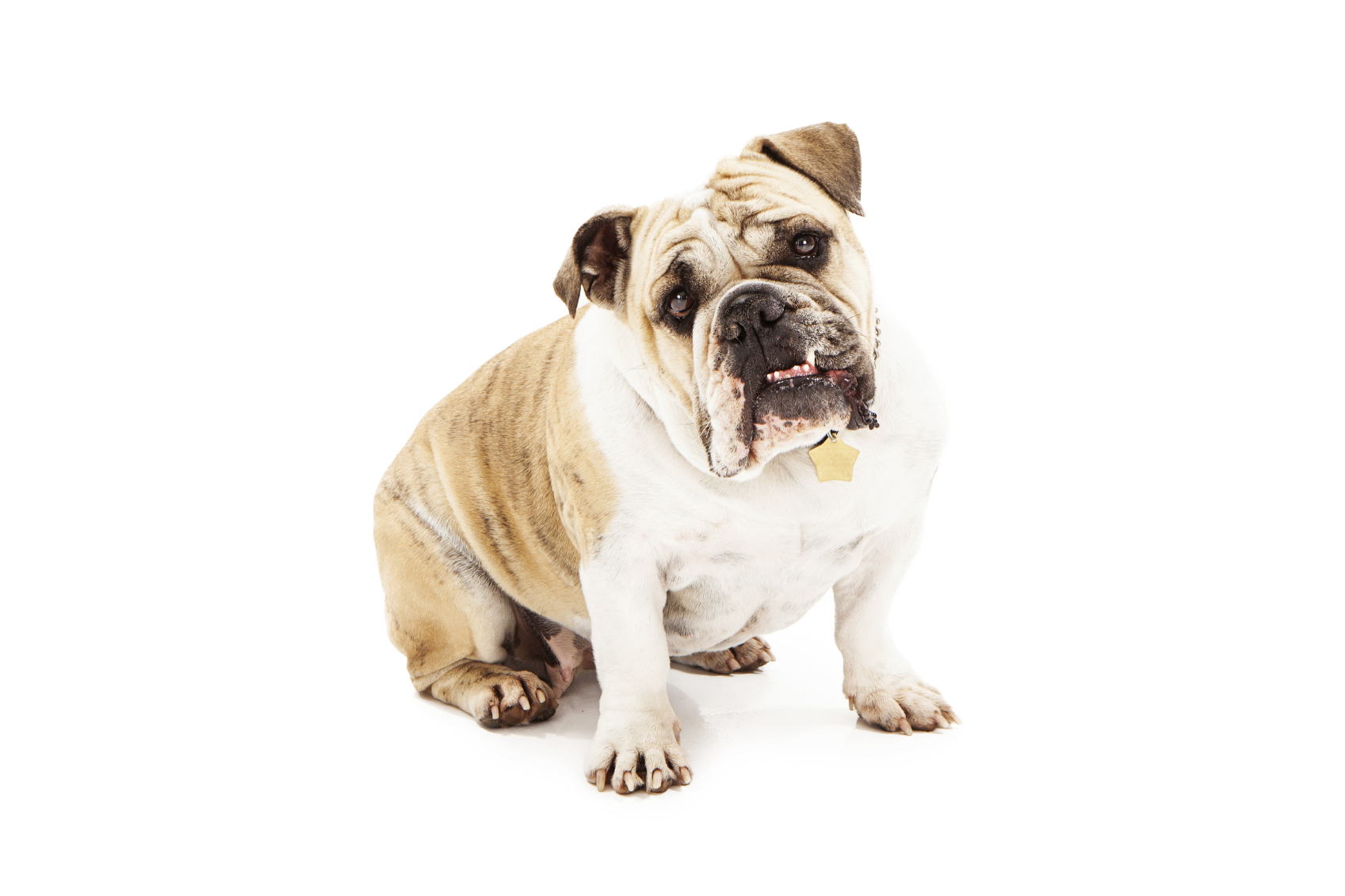Posted by Lisa Edwards on May 5th 2016
Why Teeth Alignment Is Important And How It Can Impact Teeth Grinding
Dogs are notorious for their misaligned teeth (see above), but what about humans? Most of us do not even think about how our upper and lower teeth fit together. In addition to stress, teeth alignment can have a huge impact on nighttime teeth grinding and daytime clenching.
The technical term for this is called occlusion. If the teeth do not align together it is called malocclusion. Both can make a big difference in the health, functionality and appearance of your mouth.
Are Your Teeth Aligned?
Malocclusion can be caused by a number of things both in and out of your control. You could have inherited overcrowded or unevenly spaced teeth, or an abnormal bite pattern.
You could have experienced a change in your mouth that could dramatically effect on the alignment of your teeth.
Causes of Malocclusion:
- Loss of teeth, naturally or through extraction
- Chipped teeth
- Jaw injury
- New fillings, crowns, bridges, or dental appliances
- Braces or retainers
- Tumors of the mouth or jaw
Symptoms of Malocclusion include:
- tooth pain
- jaw pain
- sensitivity to cold or heat
- discomfort while biting or chewing
- jaw popping
- Teeth grinding
- Clenching
What to do?
Although most problems are minor and do not require extensive treatment, the most common reason for referral to an orthodontist is malocclusion.
Treatments may include:
- Braces
- A night grinding mouthguard
- Removal of one or more teeth -This may be needed if overcrowding is part of the problem)
- Repair of rough or irregular teeth - Teeth may be adjusted down, reshaped, and bonded or capped.
- Surgery - Surgical reshaping to lengthen or shorten the jaw (orthognathic surgery) is needed in rare cases. Wires, plates, or screws may be used to stabilize the jaw bone
Correcting malocclusion is important to you dental health. Teeth are easier to clean therefore decreases the risk of tooth decay and periodontal diseases (gingivitis or periodontitis).
Eliminate strain on the teeth, jaws, and muscles. This lessens the risk of breaking a tooth and may reduce symptoms of temporomandibular joint disorders.
So, as for the little guy in the photo, well, he needs a lot of work to correct that malocclusion. For humans, we advise that you schedule regular visits to your dentist. If you suspect malocclusion they will determine what is the best solution for you.



